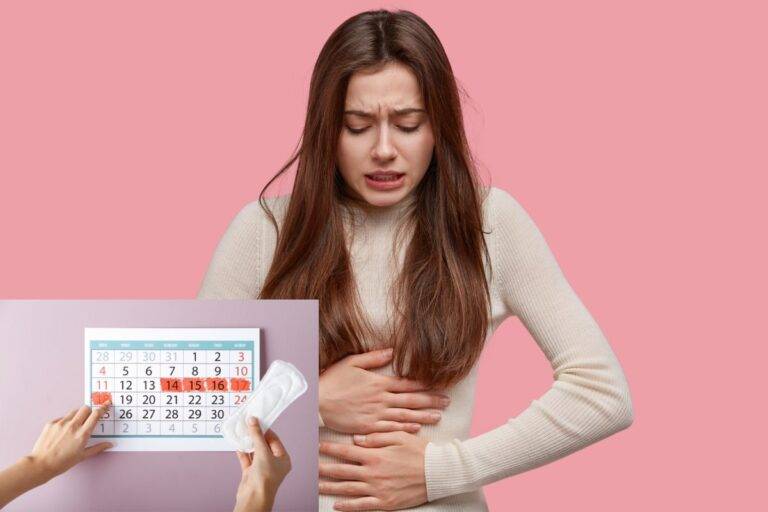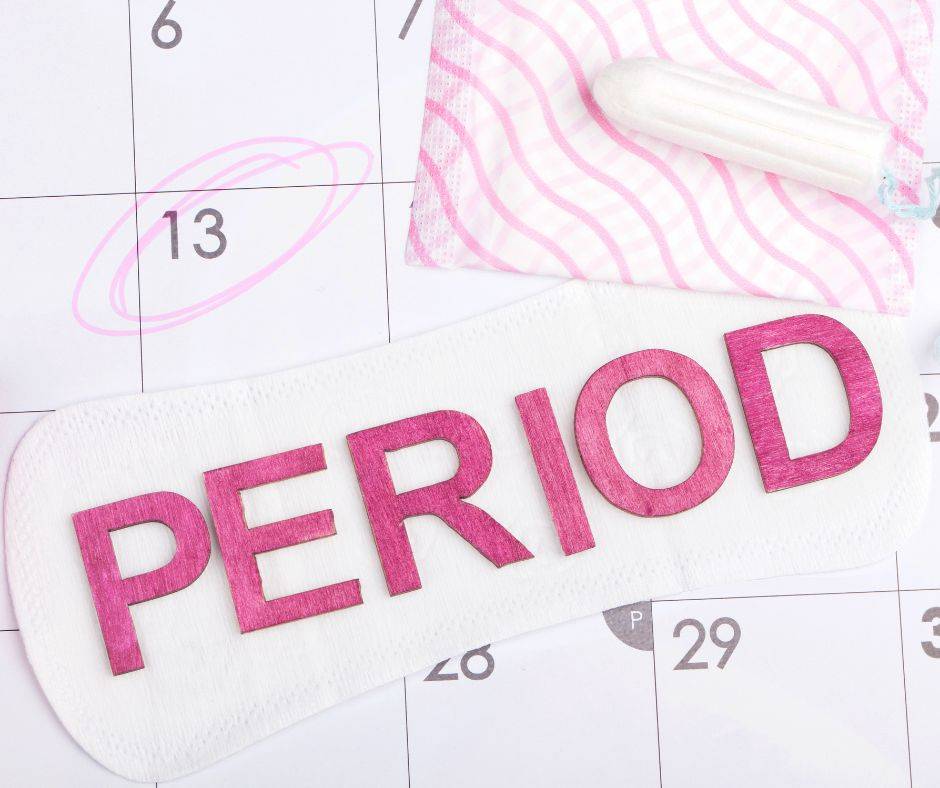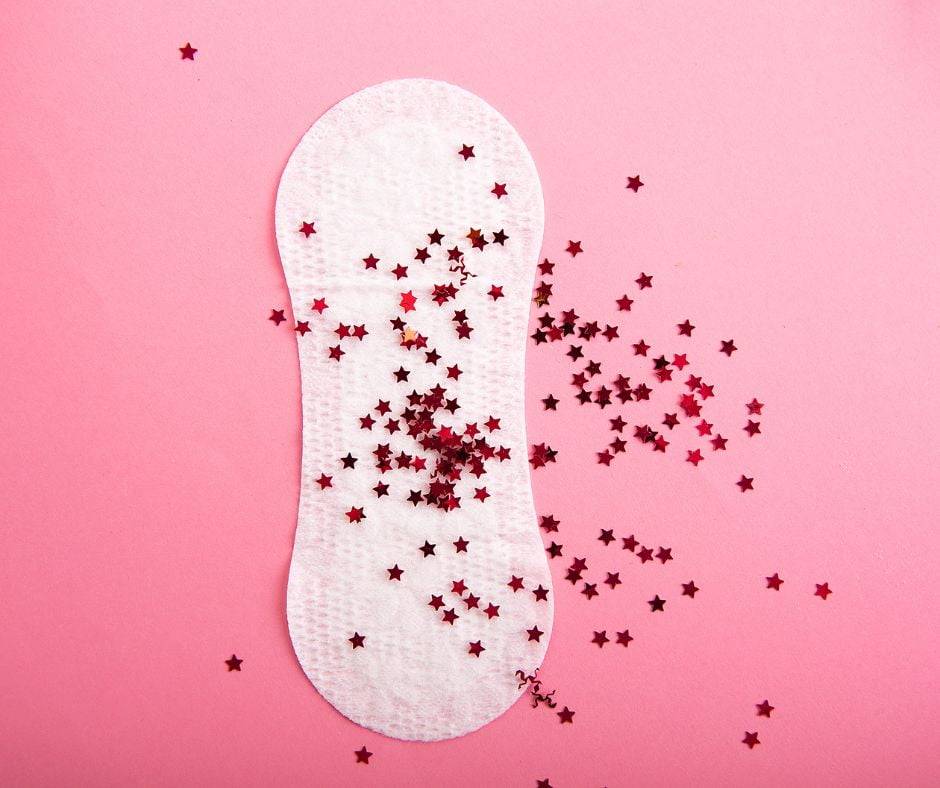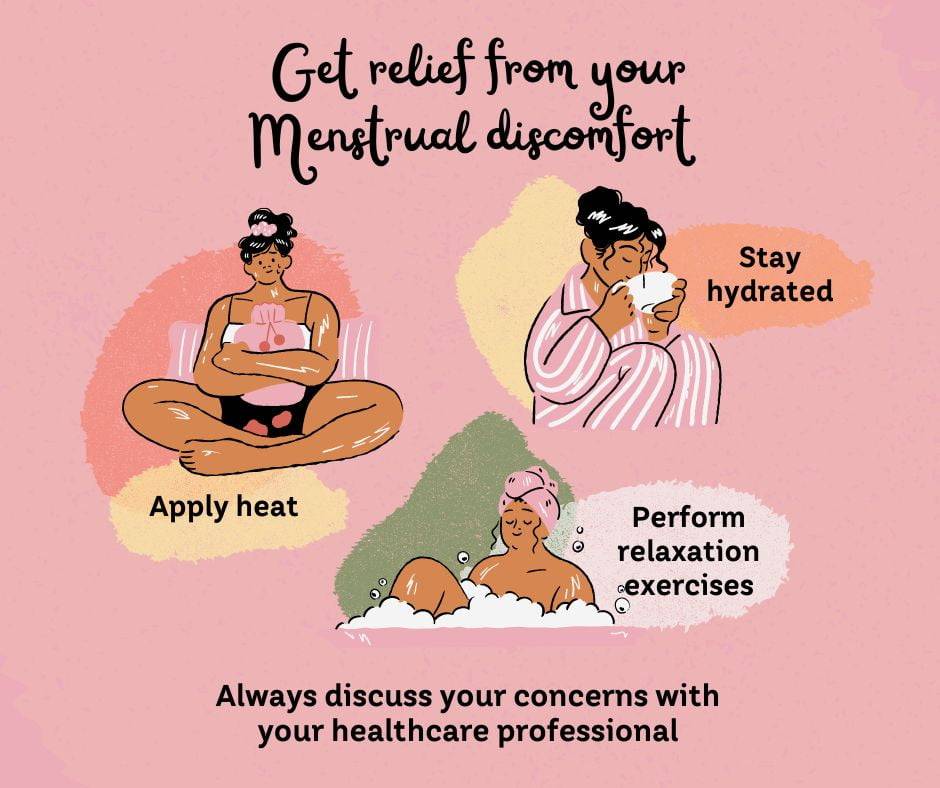
The first menstrual period, also known as menarche, is a significant milestone in a young girl’s life. It can be both exciting and a bit overwhelming, as it marks the beginning of a new phase of physical development. Understanding the symptoms, safety measures, and how to handle the situation can help ease any anxiety and ensure a positive experience. First Time Period
Recognizing the Symptoms
1. Physical Signs:
- Breast Development: One of the earliest signs of puberty is breast development, which can start several months to years before the first period.
- Pubic Hair Growth: The appearance of pubic hair is another early sign of approaching menstruation.
- Vaginal Discharge: A white or clear discharge may occur for several months before the first period. This is normal and indicates that the body is preparing for menstruation.
- Cramps: Mild abdominal cramps can occur a few days before the period starts, similar to those experienced during menstruation.

2. Emotional Changes:
- Mood Swings: Hormonal changes can lead to mood swings, irritability, or emotional sensitivity.
- Increased Appetite: Hormonal fluctuations might cause changes in appetite or cravings.
Safety Measures and Preparation
1. Menstrual Products:
- Sanitary Pads: Ensure access to sanitary pads, which are easy to use for first-timers. Opt for pads with wings to provide better protection.
- Tampons and Menstrual Cups: Although tampons and menstrual cups are also options, they might require more guidance and comfort for a first-time user.
2. Personal Hygiene:
- Regular Change: Change sanitary pads every 4-6 hours to maintain hygiene and prevent any potential infections.
- Washing: Wash the genital area with warm water and mild soap regularly. Avoid using scented products which can cause irritation.

3. Emergency Kit:
- Period Kit: Create a small period kit to carry in school bags or purses. Include sanitary pads, spare underwear, and wet wipes for quick clean-up.
- Pain Relief: Include pain relief options like a small hot water bottle or over-the-counter pain relievers, such as ibuprofen or acetaminophen.

Handling the Situation
1. Open Communication:
- Talking About It: Parents or guardians should have an open and supportive conversation about menstruation. Explain that it is a natural and normal part of growing up.
- Answer Questions: Encourage questions and provide clear, accurate information.
2. Practical Tips:
- Tracking the Cycle: Start tracking periods on a calendar or a period-tracking app. This helps in anticipating the next cycle and being prepared.
- School and Activities: Ensure the young girl knows how to discreetly carry and change sanitary products at school or during activities. Discuss what to do if she needs assistance.
3. Emotional Support:
- Reassurance: Reassure her that experiencing a range of emotions is normal. Be patient and understanding during this transitional period.
- Comfort Measures: Suggest using warm compresses or a heating pad to alleviate cramps. Gentle exercise, like walking, can also help ease discomfort.
Conclusion
The first period is a significant event in a girl’s life, marking the beginning of womanhood. By understanding the symptoms, taking necessary safety measures, and providing emotional and practical support, parents and guardians can ensure that the experience is as positive and stress-free as possible. Open communication, preparation, and reassurance play crucial roles in helping young girls navigate this new chapter with confidence.
